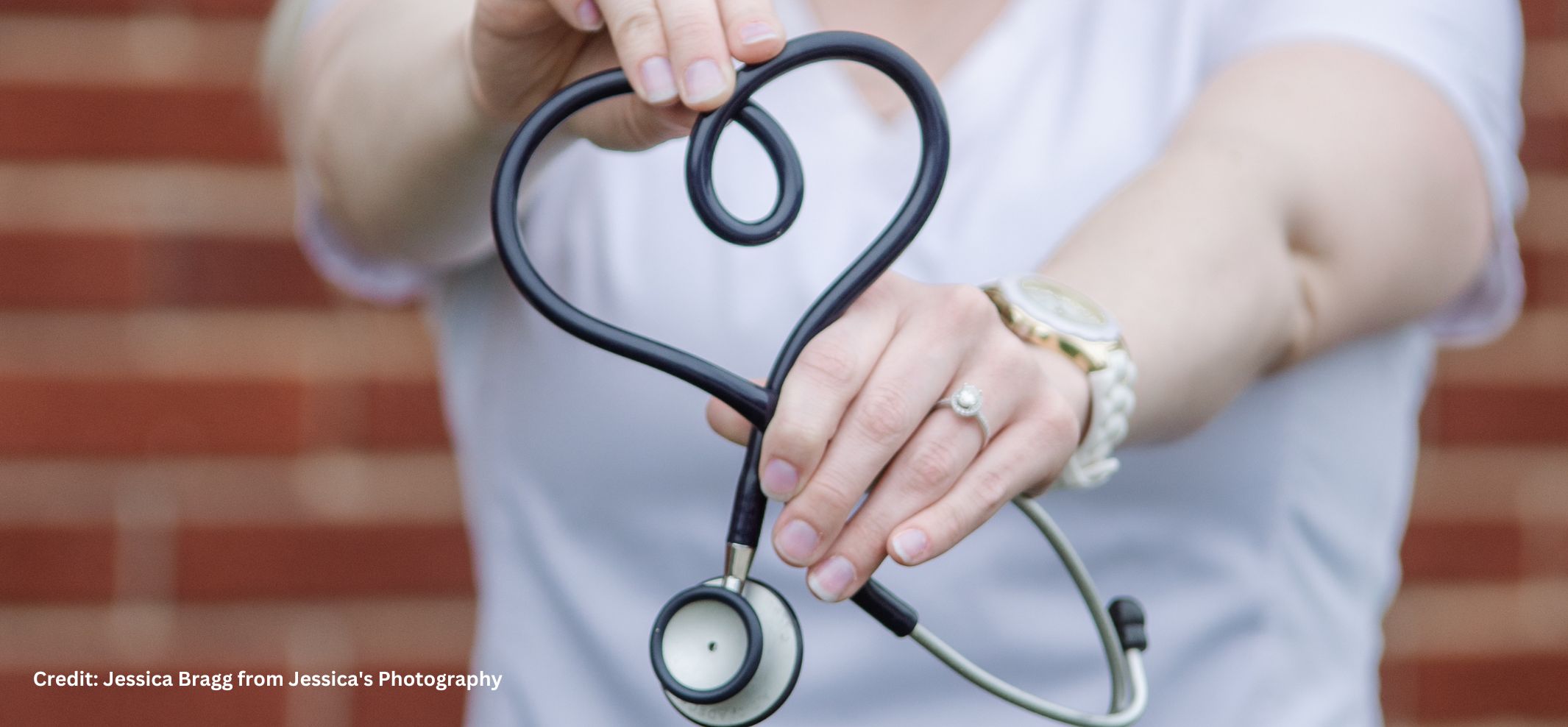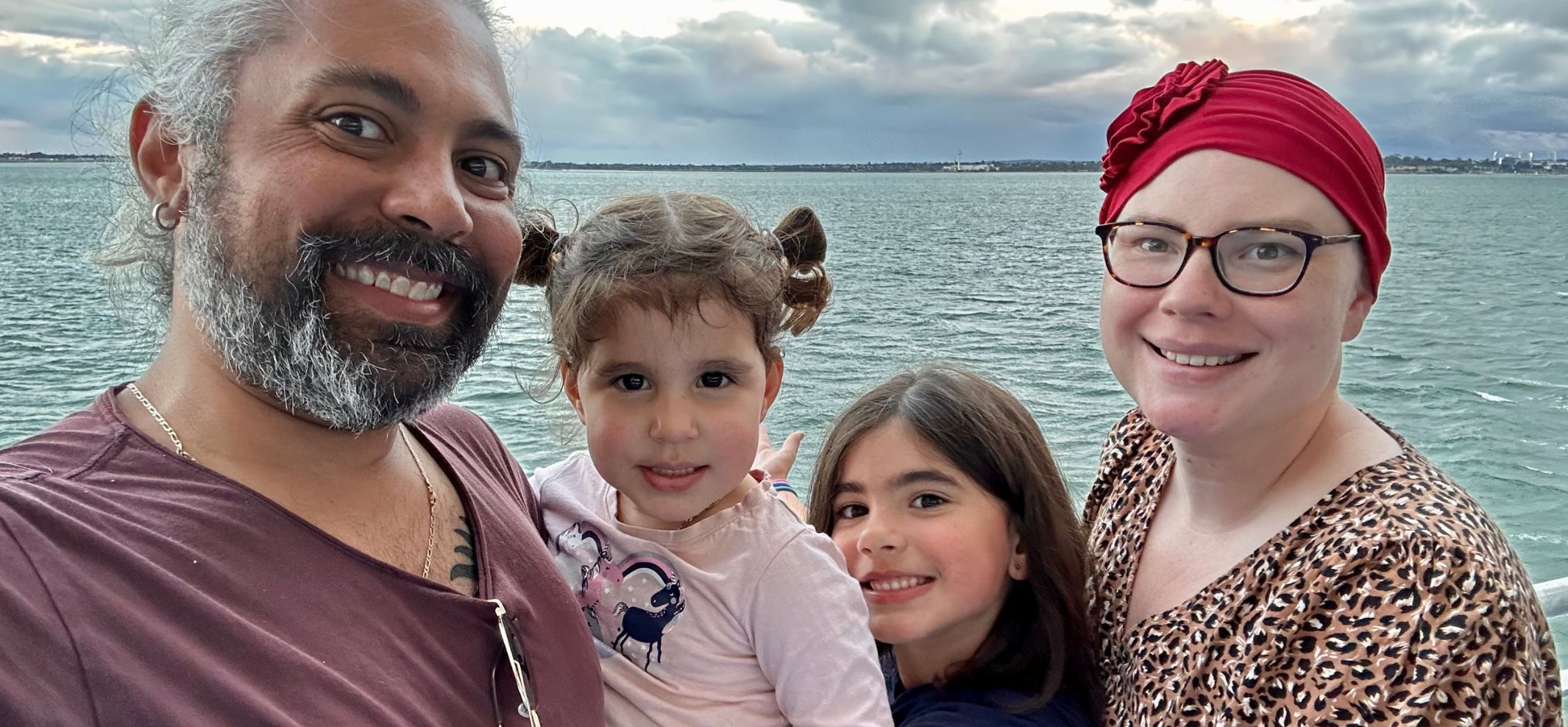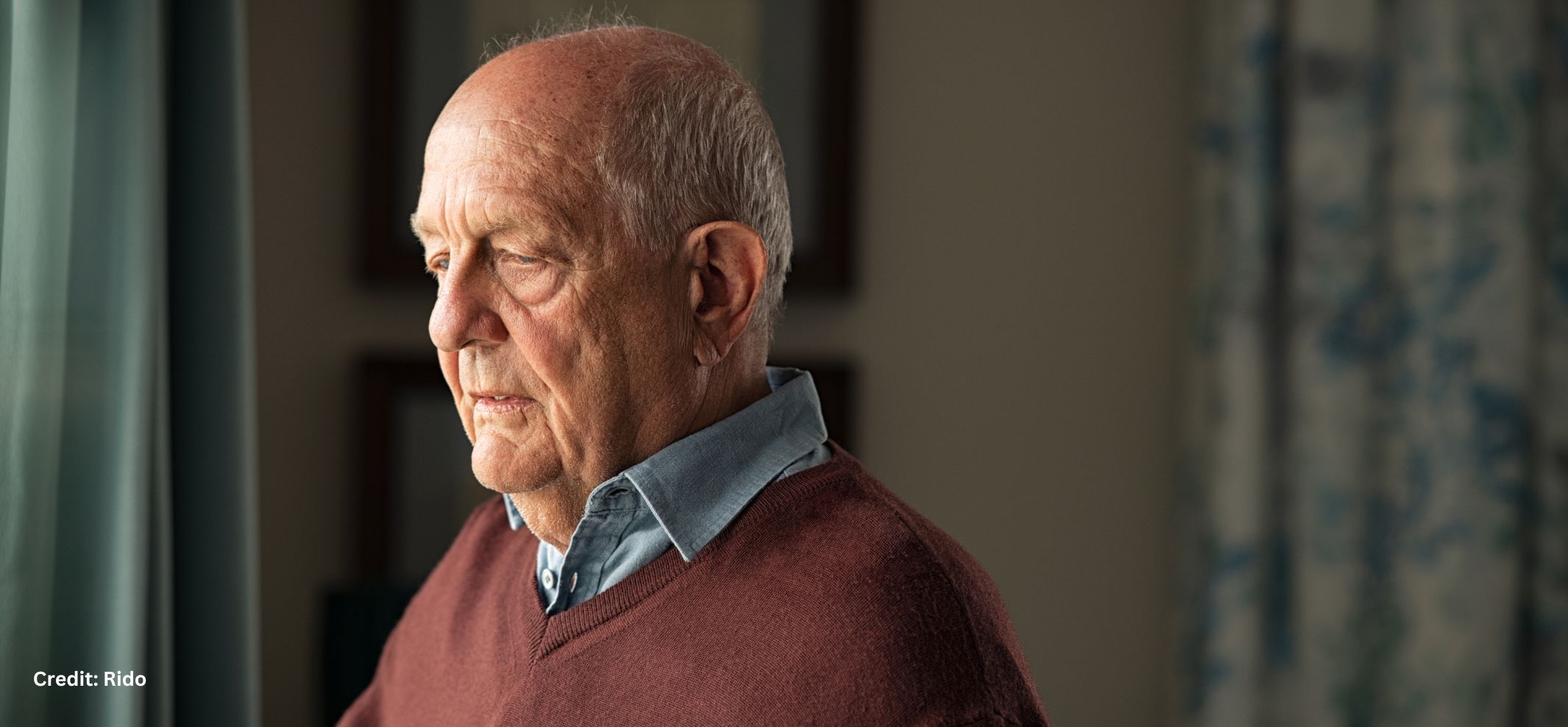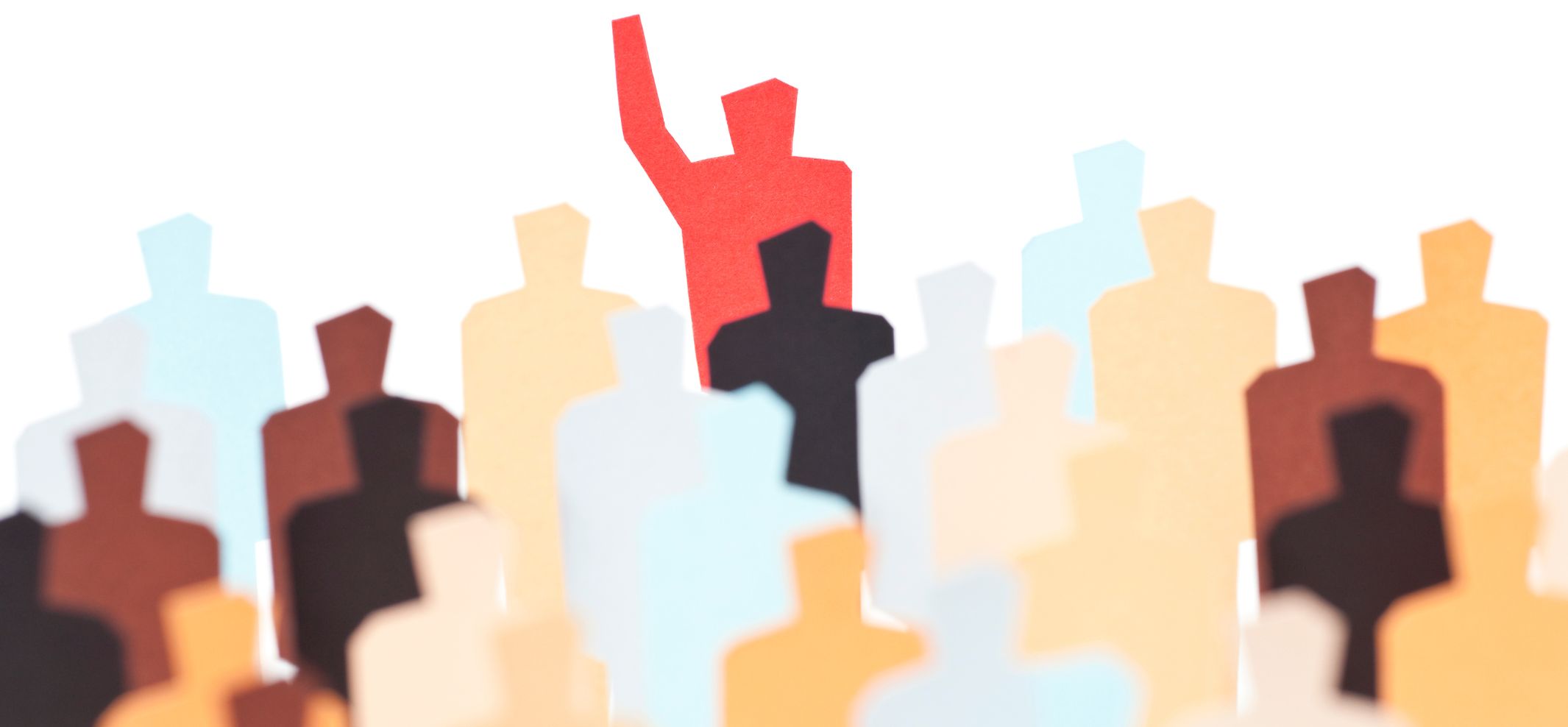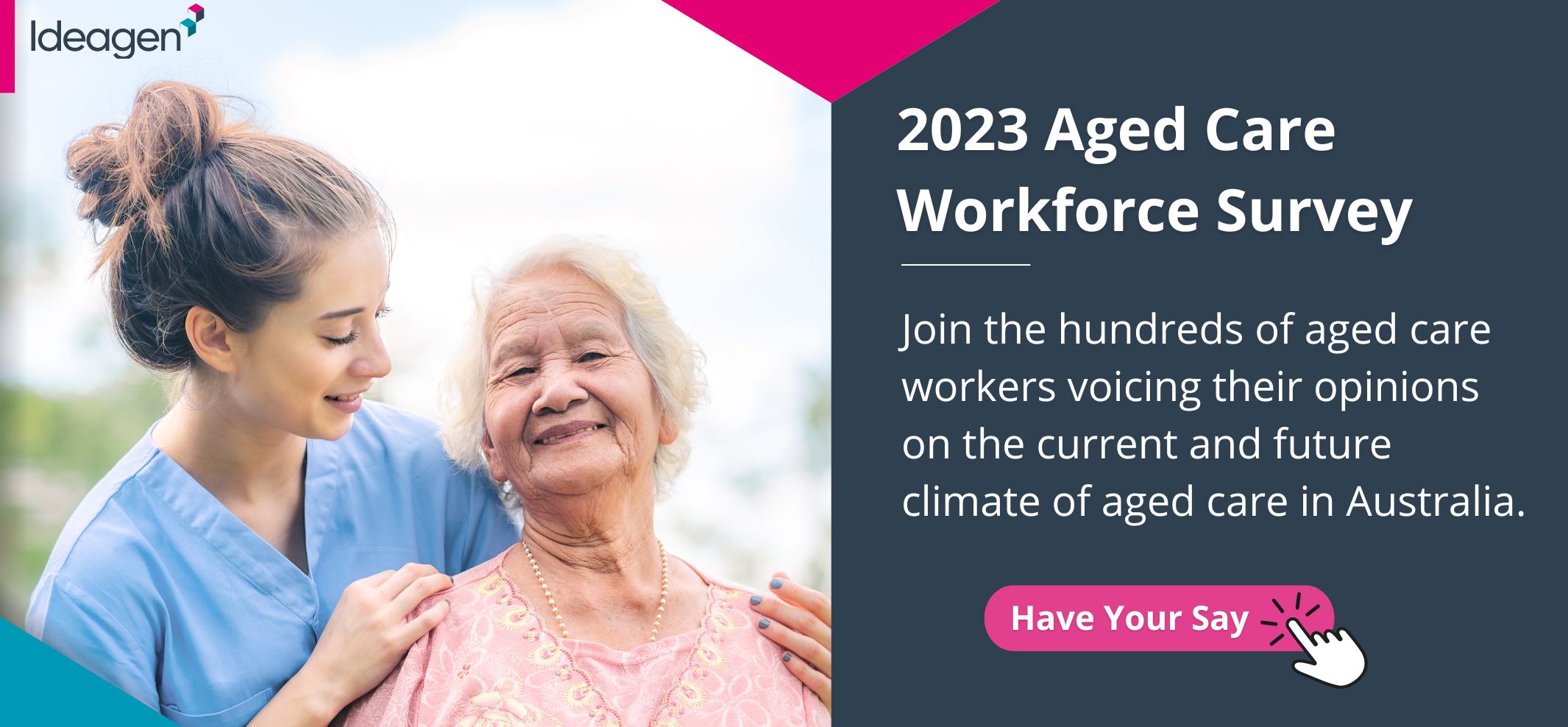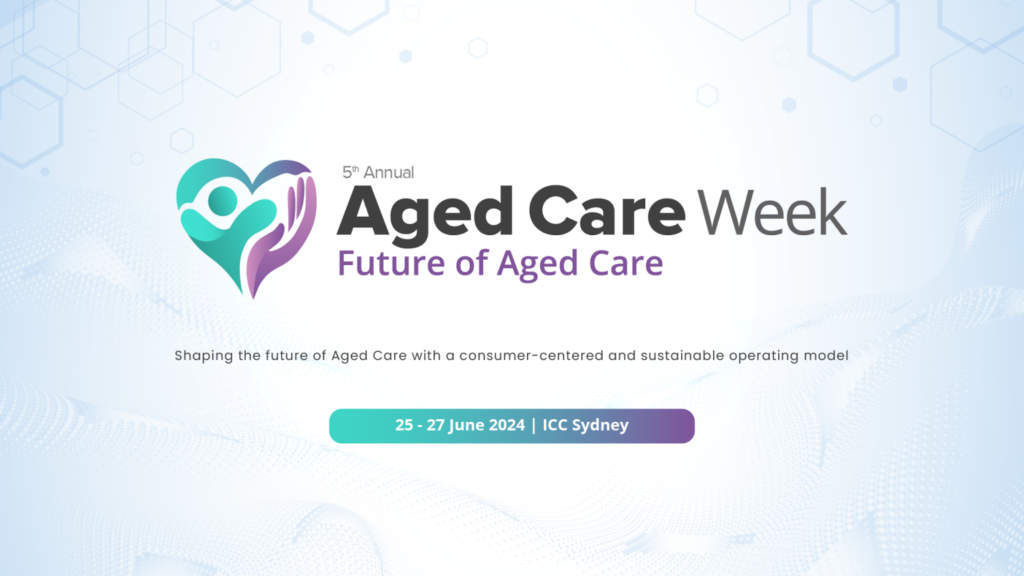Facial recognition technology is finally here; phones and computers can now be unlocked with your specific facial structure using this technology, but it can also be used to identify you from security cameras which, are increasingly becoming widespread In fact, Australian governments have been actively pushing for the implementation of this technology with what The Guardian calls “creative reasons” such as public transport payment and government rebates.
But what about the implications of this technology in healthcare? From a better diagnosis of rare conditions to ethnic discrimination, will it revolutionise the healthcare system or be the harbinger of a Black Mirror-worthy reality? We’ll analyse these questions and more in this article as we guide you through the basics of this hot technology and its potential implications and ethical challenges lying ahead.
What is Facial Recognition Technology?
FRT, short for facial recognition technology, is a method used to identify a person based on their specific facial features like bone structure and skin texture. Its functional algorithm relies on existing databases which it dives into to compare those features to output a result.
Such software has been in use to identify law offenders or to visualise how missing children might look like adults but not really in the healthcare sector, that is until recently. This is because with time FRT became more sophisticated (thanks to a larger database of faces) and accessible (even your phone has it!), and is now becoming increasingly attractive in medicine thanks to the numerous ways it can be implemented in this sector from cutting down on paperwork to helping physicians in diagnosis.
From Facebook picture-tagging to identifying rare genetic conditions: how can FRT benefit healthcare?
Do you know how Facebook prompts you with suggestions about people to tag in a photo? This is a prime example of FRT in action – the software can identify someone based on their unique facial features. Now imagine going to your local hospital shortly for that sore throat that has been bothering you for over a week.
Instead of going through the waiting lines for administrative purposes, a virtual assistant will scan your face in a matter of seconds and assign you to your doctor. In so doing, the algorithm can even detect other irregularities like signs of depression and will inform your doctor of such a possibility.
Such applications are far from being mere products of the mind. An oft-cited example is Face2Gene, an app used by clinicians that can detect rare genetic conditions like Cornelia de Lange syndrome, where patients have characteristic facial features but that can be missed by physicians because they simply might not have come across it during their clinical practice. This was the case with Omar Abdul-Rahman, a medical geneticist, who, thanks to the app, recommended the family of a three-year-old boy to order a specific genetic test for Mowat-Wilson syndrome, which returned positive. “If it weren’t for the app I’m not sure I would have had the confidence to say ‘yes you should spend $1000 on this test,” Rahman told the online outlet Leapsmag. This helped the family from making further expenses which might not correctly identify the condition and would further delay the appropriate care that the young boy required.
There has even been a recent study based on the deep-learning algorithm DeepGestalt, a facial image analysis framework, which powers Face2Gene. In this publication, the algorithm was shown to outperform clinicians in diagnosing syndromes like Noonan syndrome. DeepGestalt even correctly identified conditions in its top ten list 91% of the time. “It’s like a Google search,” the study’s co-author Karen Gripp tells Nature. With such a high success rate and the ease of using the app, such a comparison is not far-fetched.
It wouldn’t even be worthless to speculate what this technology could lead to or do in the future. Below are our top 3 potentials and highly anticipated use of FRT in healthcare in the (near?) future:
- Smart mirrors
“Mirror, Mirror on the Wall, Am I Healthy?” Asking your mirror this question might soon be possible. By combining FRT into a seemingly simple mirror with a built-in camera and existing technologies like SkinVision’s skin analysis and Nuralogix’s transdermal optical imaging technique to measure blood pressure and stress level, a quick scan can reveal a lot by simply looking at your reflection (or by asking your mirror!). Such a smart mirror could advise you to get that new mole on your cheek checked, recommend meditation in case your stress level is higher than usual and refer you to your doctor if there are any abnormal fluctuations in your blood pressure.
- Care for healthcare professionals
More than just for patients’ health, FRT can also be used for the wellbeing of healthcare practitioners themselves. Medscape’s 2019 report found that 44% of physicians feel burned out, 11% were colloquially depressed and 4% suffered from clinical depression. These can be identified via facial analysis and subsequently addressed, like suggesting stress-relieving measures like yoga or even vacations, before they further affect the health of healthcare providers.
- Beyond healthcare
The applications of such technology can further be adapted to other areas within the healthcare system. For example, unlawful people like insurance imposters, drug seekers, and criminals can be easily identified from a given database and dealt with accordingly.
Does the ‘F’ in Facial Recognition Technology stand for friend or foe?
The answer to this question is: it depends on who you are. While using FRT for aiding in identifying medical conditions and providing a safer work environment is laudable, the worrying implications of the same seemingly benevolent technology are manifold.
As the technology picks up steam and gets used more widely by clinics and physicians, the increasing amount of biometric data collected will present as a real responsibility for those in its possession. Advertising companies would jump on this gold mine and make offers that many can’t refuse. Hackers will find new content to hold hostage and ask ransoms from. With a greater amount of personal data comes greater responsibility.
The healthcare system will have to double down on its efforts to securely store them and adhere to privacy protection rules like the Health Insurance Portability and Accountability Act (HIPAA) which protects “full-face photographs and any comparable images” and offers the standard for de-identification so that such “health information is not individually identifiable”.
The inherent bias in databases
Even with tightly controlled security over those data, the database itself might be put into question. As we discussed extensively in a recent article, the A.I. behind such technology as facial recognition isn’t immune to human-induced bias. We identified three main reasons behind biased algorithms namely judgmental data sets, deeply ingrained social injustices, and unconscious or conscious individual choices. These can subsequently affect results of diagnostic methods relying on FRT by discriminating patients based on their sex, ethnicity and even their accent.
Additionally, the same study that showed Face2Gene’s prowess noted that “these technologies identified only a few disease phenotypes, limiting their role in clinical settings, where hundreds of diagnoses must be considered”. For instance, a 2017 study found that “Face2Gene showed a better recognition rate for DS in Caucasian (80%) compared to African (36.8%)” when assessing Down Syndrome in children. Such limitations are important considerations if we aim to have fair and reliable algorithms to aid in healthcare provision.
Even if facial recognition technology has shown impressive usage in healthcare, it still needs to be worked on to be a must-have tool for every physician. It’s just not there yet. It’s one thing to have a wide database to be able to identify conditions from but it’s another to have one which is representative of every human being, irrespective of their background. While a challenging goal and one that will involve complex processes and years of hard work, isn’t this an ideal that we should aim to achieve?
Retrieved from: Your Guide to Facial Recognition Technology, https://medicalfuturist.com/your-guide-to-facial-recognition-technology-in-healthcare/
